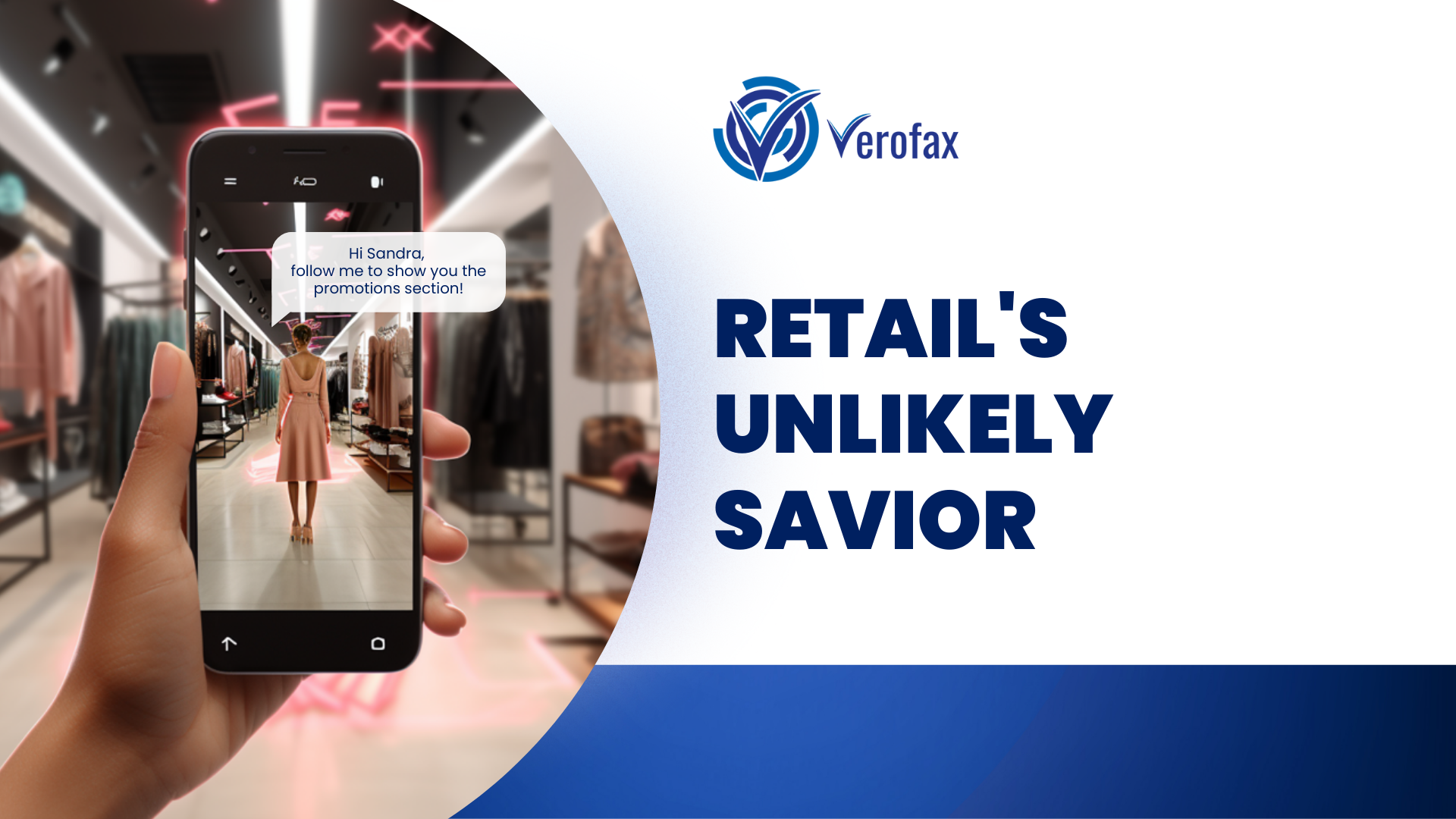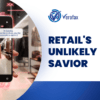Retail’s Unlikely Savior
The retail industry has been facing numerous challenges, most notably, a global pandemic, declining footfall in brick-and-mortar stores, and customer reluctance towards physical interactions. These hurdles have given rise to an urgent need for creative solutions. Recent developments suggest augmented reality (AR) technology might be retail’s unexpected savior, transforming the way consumers shop.
Retail’s Pains: retails unlikely savior
Despite the retail sector’s continuous evolution, several persistent pain points remain. The challenge of the declining footfall in physical stores has been exacerbated by COVID-19. Social distancing norms, health and safety concerns, and lockdown measures have pushed an increasing number of consumers towards online shopping, resulting in a considerable shift in the traditional brick-and-mortar retail model.
Yet, online shopping has its limitations. Consumers often hesitate to buy products without the ability to try or assess them physically. This hesitation is particularly prominent in sectors like fashion, furniture, and luxury goods, where tactile and visual experiences play a pivotal role in purchasing decisions. Returns and exchanges are another concern in the digital space, often due to discrepancies in product expectation and reality.
In addition, the online shopping experience can sometimes lack the personal touch that traditional retail offers. One-to-one interactions and personalized shopping advice are difficult to emulate on digital platforms, impacting customer engagement and loyalty.
Augmented Reality to the Rescue
Augmented reality is emerging as a disruptive technology, promising to bridge the gap between the convenience of online shopping and the experiential aspect of physical retail. The Nielsen global survey in 2019 revealed that consumers listed AR and Virtual Reality as the top technologies they’re seeking to enhance their daily lives, with 51% willing to use this technology to assess products.
AR applications provide “try-before-you-buy” experiences, helping consumers make confident purchasing decisions. For instance, home décor retailers are now allowing customers to virtually position furniture in their homes, enabling them to experiment with different styles, sizes, and colors before making a purchase.
Fashion and beauty industries have also embraced AR to enhance customer experience. Companies like Warby Parker, L’Oréal, and Asos use AR to allow customers to virtually try on glasses, makeup, and clothing respectively, improving conversion rates and personalizing the shopping journey.
AR’s impact isn’t limited to eCommerce. Physical retailers such as Nike and Toms are incorporating AR and VR technologies in their stores, providing additional information, showing the production process, or taking customers on virtual journeys to the origins of their products. This integration of digital technology in the physical retail experience not only enhances customer engagement but also adds a novel dimension to shopping.
In Conclusion
While the retail sector has been grappling with major challenges, augmented reality appears to offer a beacon of hope. By bridging the gap between the physical and digital realms, AR offers an immersive and interactive shopping experience, promising to reshape the future of retail. The adoption of AR in retail could indeed become the sector’s unexpected savior, marking the dawn of a new era in consumer commerce.











